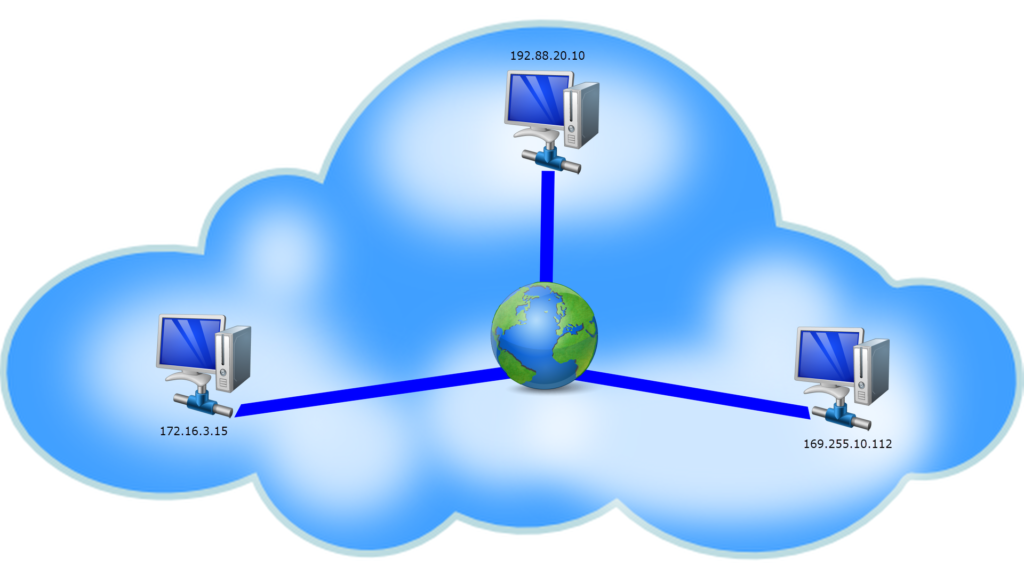What is a computer network?

A computer network is a group of computing devices sharing data over the air or through wires. There is an ever increasing number of computing devices in the average household or small business today and the infrastructure connecting these devices is becoming more complex, requiring meticulous management strategies.
How do we connect the wireless devices together?
A network switch connects multiple wired computing devices in a Local Area Network (LAN). Each receptacle is called a port and although the number of ports may vary among manufacture, they normally run from 4 to 48. A switch maintains a list of the devices connected to each port and forwards traffic from the sender on one port to the recipient on another. A managed switch allows a user to customize its internal data processing and an unmanaged switch does not. In today’s growing network environment, it is best to install a switch with more than the required amount of ports and since they can be stacked or daisy chained, more can be added later to accommodate expansion.
How do we connect the wireless devices together?
A Wireless Access Point allows multiple wireless computing devices to connect to a network, it passes data from the wireless devices to the switch through an Ethernet cable. One of the big problems with WiFi is dead zones, this is an area where the signal is very week or nonexistent. Extenders are often used to correct this issue, however extenders are not very smart. The ideal WiFi configuration will have multiple Mesh Access Points arranged in strategic locations, each will seamlessly hand off a connected device to the next access point maintaining optimum signal strength. A good mesh network must support multiple users, multiple input and multiple output (MU‑MIMO) at the same time.
Users of an Access Point are required to join with a name and password if the Wi-Fi connection is secure. An open Access Point is a security risk, it allows anyone to connect to your network, so private/home networks should always use a secure Wi-Fi connection.
What is the Internet?

Private networks shares data with other networks over a public network and the internet. The interconnected network or Internet is a global system of connected computer networks that uses a unique number or IP address to link devices worldwide. This unique number or IP is similar to a phone number that identifies the device and the user or company registered to the devise.
Most computing devices today requires internet connection, this is usually established through a Mobile or Local Area Network. An Internet Service Provider (ISP) like AT&T, Xfinity, Verizon and Time Warner connects a (private) Local Area Network (LAN) to their (public) Wide Area Network which is permanently connected to the internet. A Router is the device that handles the connection to the Internet Service provider (ISP), it is assigned the unique public IP address when a connection is established.
The router which usually includes a firewall, and other networking tools, is one of the most important devices on the network. It is the gate keeper to your home or business and the world, it maps the public IP to a private IP address and the firewall prevents unsolicited traffic from passing through into a local network.
All In One device?
We discussed the basic network devices as individual units, however some Internet Service Providers (ISP), supplies an all in one device that includes a Router, a Wireless Access Point and a Switch. This is simple and convenient for an inexperienced home or small business user, but it does not provide a more experienced user the flexibility to configure and improve each device as technology improves. It is also a single point of failure.
Conclusion:
The new information age brings a proliferation of computing devices facing the ever increasing threat of cyber-attacks, this and the increasing traffic load impose excessive burden on a network. So home and small business with 10 or more computing devices should implement a robust network infrastructure with adequate scalable equipment, which is maintained by someone who understands the pros and cons of the technology and the vulnerabilities that plagues the system.




